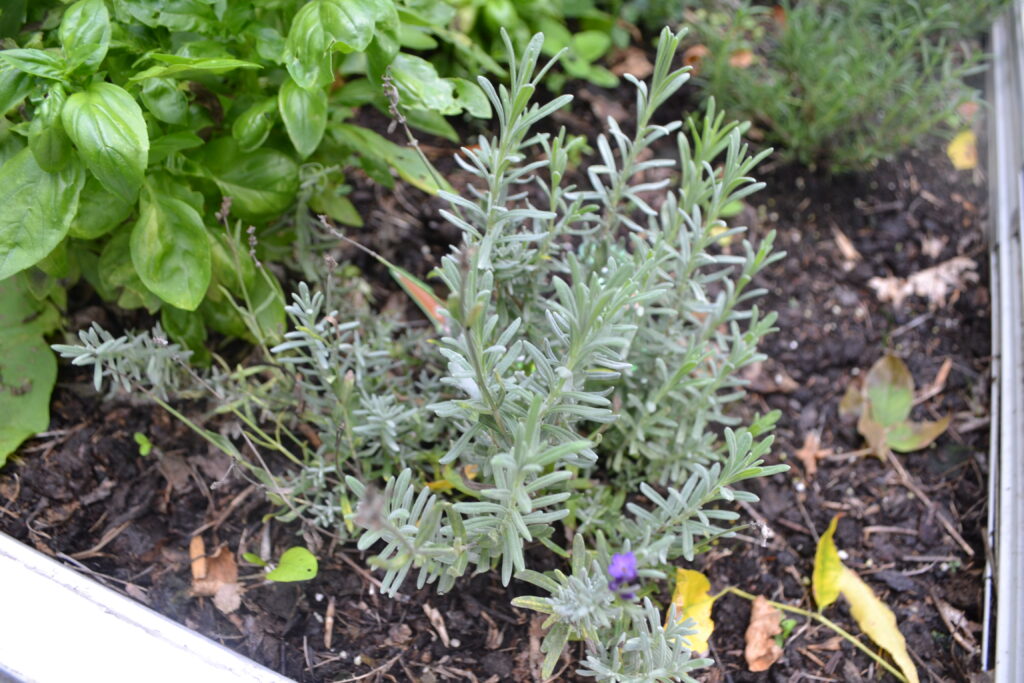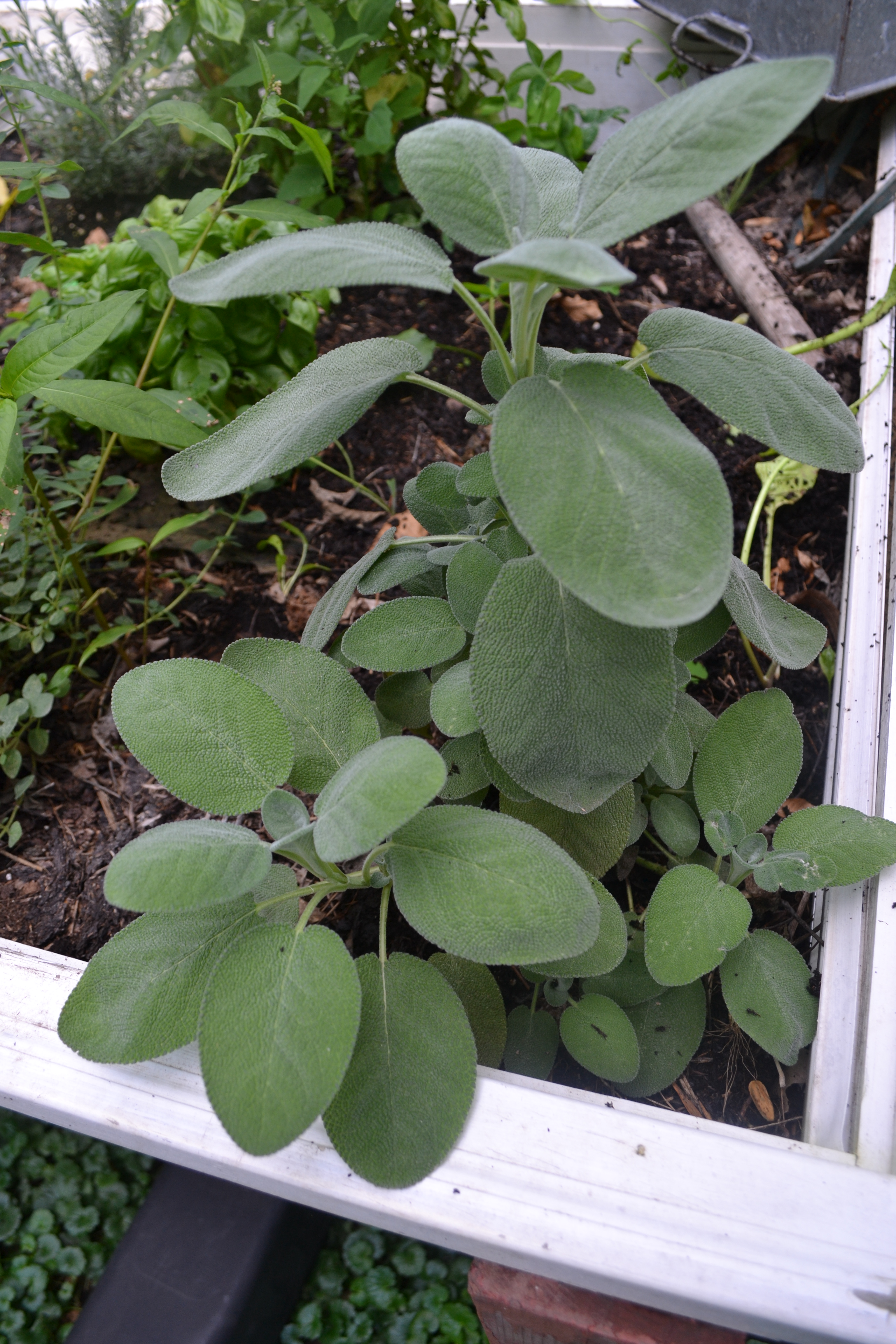How to Dry Your Own Culinary Herbs
It is October in Minnesota. Where I live in the central part of the state we have yet to have our first frost. The frost marks the time when tender plants like tomatoes will die off. This is also the case for tender herbs like basil and lavender. If you have gone through all the trouble of growing herbs all year why let them just die off with the cold weather? Instead learn how to dry your own culinary herbs for winter use.
Why Grow Your Own Herbs?
Growing your own herbs can be very cost effective. Also I find I am much more likely to use those fresh herbs if I already have them growing, versus having to add them to a shopping list. Fresh herbs are a world apart from the dried herbs in plastic or glass jars on many grocery store shelves.
Often you can buy a plant from a local nursery (even Walmart sells herb plants in the spring) for around $2.50-4.00. A high quality organic herb, or one that is a little more obscure might be $6 or $7. However you will have the plant available for use throughout the summer and when it gets to be fall you can have extremely high quality dry herbs!

Why Dry Your Own Herbs?
You have put in money and work throughout the growing season but the usefulness of the plant doesn’t end with the cold weather. You can harvest the tender parts of the plant and dry it for use throughout the winter. Your home grown herbs have a higher nutritional content and better flavor profile then commercially grown and processed herbs. So you should definitely dry your own culinary herbs!
What about perennial herbs?!
Some herbs like thyme and sage can be perennial herbs if planted in the ground and protected from freezing out. Herbs that are planted in raised beds in zones 4 (find my zone) or lower will likely freeze out. Depending on your growing zone more tender herbs like rosemary and lavender can even be perennial. In Juliette de Baïracli Levy’s travel and herb books about the Mediterranean region she talks about Rosemary as a small shrub that is used for firewood.
An alternative to drying herbs would be to plant your herbs in pots that can be brought indoors during the winter. Care should be taken to protect the plants from mice and insects. You would also need to have a south facing window to give them ample sunlight and in some instances a grow light might be required.

My favorite herbs to dry
This year I am drying four of my favorite herbs.
- Rosemary
- Lavender
- Sage
- Oregano
Often times when we talk about herbal medicine we forget that culinary herbs also have their own medicinal qualities. There are some theories that as wise women and herbal medicine began to be persecuted more and more in Europe, these practices became part of our culinary traditions. Alternatively food is medicine anyway, so perhaps this knowledge was always there.
Here is a brief intro to each herb from Britanny Wood Nickerson’s amazing book Recipes from The Herbalist’s Kitchen.
Rosemary–Rosemary helps “delay the uptake of carbohydrates in the system, leading to a slower increase in blood sugar levels.” It is also great brain food, helping with everything from anxiety to memory.
Lavender–seriously I can not say enough about lavender! It’s scent is rejuvenating AND relaxing. As a nervine it is great for the nervous system. Recently I am made a lavender vinegar and added it to my Herbs de Provence vinegar. I can then sprinkle this on potatoes, vegetables, meat, beans, ect.
Sage-– I rarely ate Sage growing up, except for Sage stuffing at Thanksgiving. Turns out not only is it completely delicious it, “supports the body’s utilization of lipids and cholesterol, from the digestive system all the way to the cellular level. This promotes healthy cell membranes and reduces dryness in the cells, tendons and skins.” It is great for aging and can actually be used as a culturally appropriate alternative for white sage.
Oregano–Oregano and Marjoram are actually very closely related. I do often prefer the sweeter taste of Marjoram but Oregano was all I could find this year. Oregano is “antimicrobial and antifungal.” A tincture of Oregano should be put on tick bites to protect against Lyme and other related infections. It is also great with colds and flus taken internally.

How to dry herbs
Some purists recommend only air drying. However, I do not have space in my house for all the drying racks I would need for this. Also with plenty of pets and children I do not want to risk having some of my favorite herbs getting contaminated. As an alternative I use a Nesco SnackMaster dehydrator. This dehydrator has separate settings for herbs, nuts and meats, etc.
After drying you can either store them whole and crumble them right before use (you would need a larger jar in this case), or you can crumble them into a decorative jar as I do in the video below.
I hope this encourages you to try drying some of your own herbs. If you do decide to buy dried herbs, I recommend buying for a reputable source. Mountain Rose Herbs is one of the best herbal companies around for culinary and medicinal herbs and products.

Other blog posts you might like–Easy Basil Oil






